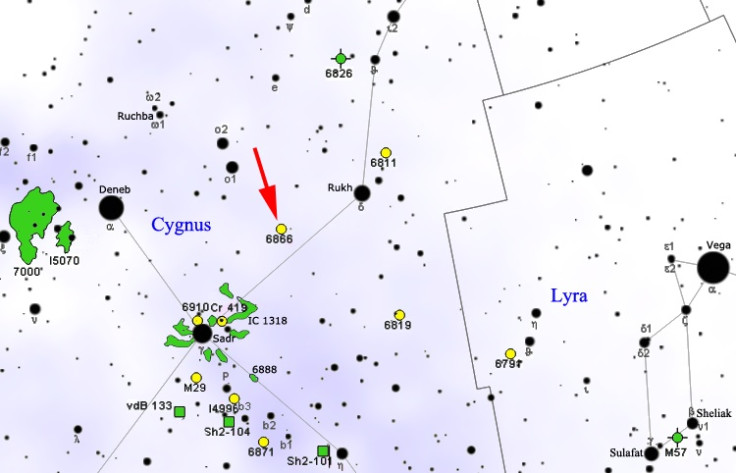An alien megastructure? Scientists rule out 'comet theory' over dimming of star KIC 8462852

Alien-hunters are again focussing their telescopes on a strange star 1,500 light years from earth which is behaving so oddly, scientists are unable to come up with a plausible hypothesis. The star, KIC8462852, undergoes dramatic dimming phases which occur over seemingly random periods for uneven lengths of time. A suggestion that comets were responsible disappointed alien-hunters - but now one scientist says that theory is equally implausible.

When news first broke of the seemingly unnatural dimming of the star, a theory emerged that "alien megastructures" might be the answer. The hypothesis was that an incredibly advanced alien race might be using gigantic structures to drain the energy from the star in a system called "Dyson's Sphere."
The idea wasn't given much credence by serious observers, who put forward the alternative comet theory. However thanks to extensive research, it has now emerged the dimming of KIC8462852 has been occurring for more than a century.
The Case of the So-Called Alien Megastructure Just Got Weirder.. What can it be? https://t.co/TYCwTazK2o #KIC8462852 pic.twitter.com/NU2jWJiDnq
— J.N. PAQUET, ʀsʟᴍ (@jnpaquet) January 15, 2016Louisiana State University astronomer Bradley Schaefer checked Harvard's astronomical records and found that astronomers had recorded strange dimming of up to 20 per cent in KIC8462852 - also known as Tabby's Star - since 1890. By compiling the relevant data he believes he has disproved the comet theory.
This "century-long dimming trend requires an estimated 648,000 giant comets (each with 200 km diameter) all orchestrated to pass in front of the star within the last century," Schaefer wrote, which is "completely implausible."
The strange, flickering star known as KIC 8462852 is baffling scientists. https://t.co/TIwvoGQNYt pic.twitter.com/vIJUesaU7L
— Science Channel (@ScienceChannel) January 16, 2016However Schaefer is unconvinced by the alien megastructure hypothesis, and when the Search for Extraterrestrial Intelligence Institute (SETI) examined the star for signs of radio signals they were unsuccessful. However Schaefer admits that so far, no-one has come up with a plausible explanation for what's happening 1,500 light years away. "It's a normal star behaving weirdly," Schaefer told CNN. "We've got ourselves a classic mystery."
© Copyright IBTimes 2025. All rights reserved.






















